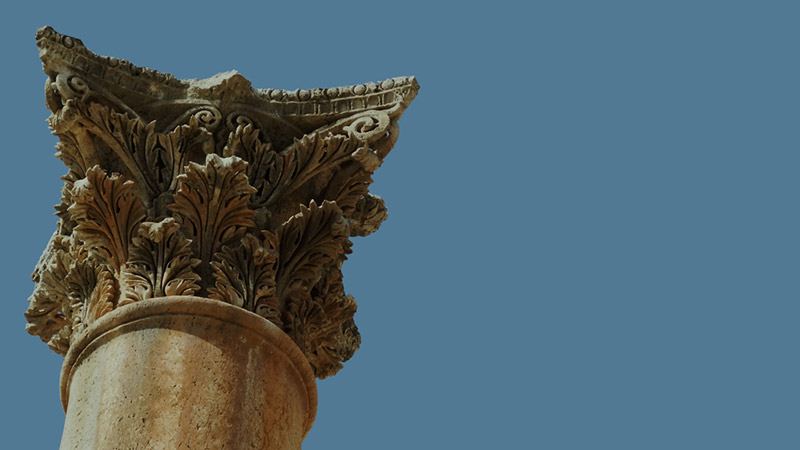More Results
Showing 12 of 226
Articles

Shephelah
ShephelahThe Hebrew Bible mentions the Shephelah several times. This word, meaning "low," is usually translated "lowlands" or "foothills." The term refers to a 12- to 15-mile-wide region in Judea. Though the Israelite...
MORE
Sons of Light
Sons of LightIn Jesus' time, there were four major religious groups (or "philosophies," as Josephus, the Jewish historian of the time, called them). They were the Zealots, the Sadducees, the Pharisees, and the Essenes. It is impossible t...
MORE
Standing at the Crossroads
GezerTravel to Gezer, and learn what it means to stand at the Crossroads.Gezer is one of the greatest tels in Israel. To stand on this magnificent tel is to stand on a part of history that existed as many as 3,000 years before our Messiah walked t...
MOREEncyclopedia

Shema
One day a student came to Jesus and asked, "Teacher, what is the greatest commandment?"You might recall that Jesus included "Love God" and "Love your neighbor" in his response. Do you remember, however, that Jesus ans...
MORE
Shofar
The Ram's HornUsed to intimidate the enemy, to declare war, and to call people to assembly, the shofar is one of the oldest wind instruments in the world.' The army of Israel marched around Jericho to the signal of the shofar (Josh. 6). Jewish t...
MORE
Solomon
Solomon was the wisest king of all, and he accomplished many great things, including the construction of the temple in Jerusalem.Yet the Bible judges Solomon by God's standards. The wisest human ruler who ever lived broke almost every command God ...
MORE
Solomon's Temple
Solomon's TempleConstruction of Solomon's Temple began about 950 BC on the Mount Moriah site chosen by David at God's leading. The temple sat on a high point of the ridge known as David's City, just north of the original city.Construction of this ...
MORE
Soreq/Temple Courts
The SoreqThe Soreq was a five-foot-tall stone wall that surrounded the inner courts of the consecrated temple area and was designed to keep Gentiles and other "unacceptable" people out of the inner courts. Gentiles could not pass the Sor...
MORE
Standing Stones
Sacred StonesLong before the Israelites entered Canaan, pagans in the Middle East erected sacred stones to honor their gods, to declare covenants and treaties between cities, or to honor an important event that could only be explained by the super...
MORE
Synagogue Beginnings
There are many theories about the origin of a gathering place called "synagogue." The Greek word for synagogue means "assembly" and is used in place of the Hebrew word meaning "congregation" or "community of Isra...
MORE
Synagogue School
Both boys and girls attended school in Galilee. But only gifted boys continued their education beyond the age of 15, as girls were married by that age. Students probably attended school in the synagogue and were taught by the hazzan or a local Tor...
MOREGlossary

Standing Stone Definition
Large stone erected as a testimony to a significant act of God (or gods). Standing stones could serve pagan as well as God-honoring purposes.
MORE

















